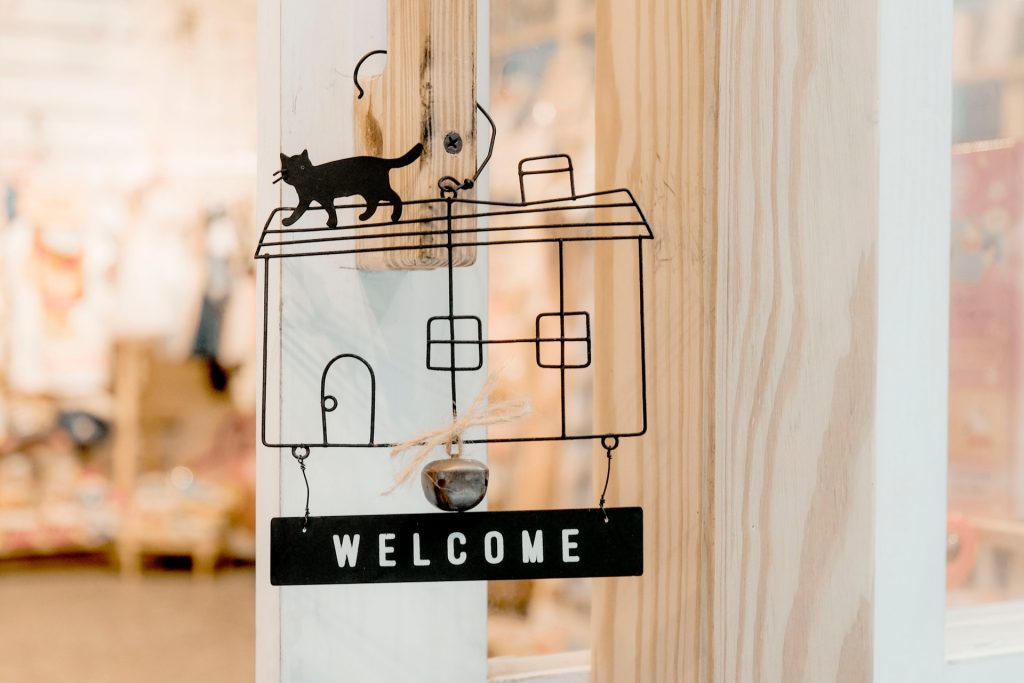
Tom Wild: Michael, today we are going to discuss traditional business and the hurdles it faces in 2024. Let’s start with how you define traditional business in today’s fast-changing landscape.
Michael Shvartsman: Traditional business refers to companies that operate with longstanding methods, often focused on established markets and practices. These businesses tend to rely on legacy systems, proven strategies, and face-to-face interactions. While they have a deep connection with their customers and understand their markets well, they can struggle to adapt quickly to new technological advances and shifting consumer expectations.
Tom Wild: What do you see as the most pressing difficulties these businesses are facing right now?
Michael Shvartsman: One of the biggest issues is the speed at which things are changing. Whether it’s technology, consumer behavior, or new competitors emerging, traditional businesses often find themselves playing catch-up. Digital transformation is no longer a choice but a necessity, and for businesses that have been doing things the same way for decades, this shift can be overwhelming. Additionally, there’s pressure to adopt sustainable practices and meet new regulatory requirements, which can be challenging for companies that aren’t used to operating in this way.
Tom Wild: With that in mind, how do you think these businesses can stay competitive in 2024 and beyond?
Michael Shvartsman: I believe the key lies in balancing their strengths with modernization. Traditional businesses need to lean into what they already do well, like customer service, market expertise, and reliability, while embracing change strategically. They don’t need to overhaul everything overnight, but they do need to be open to integrating new technologies that improve efficiency and meet consumer demands. In many cases, partnerships with tech-savvy companies can help speed up this transition and bring in new perspectives.
Tom Wild: What role do you think technology plays in helping traditional businesses overcome some of these challenges?
Michael Shvartsman: Technology is both a challenge and a solution. On one hand, keeping up with advancements in AI, automation, and digital platforms can be intimidating. On the other hand, if traditional businesses adopt these technologies thoughtfully, they can significantly improve their operations. Automation, for instance, can streamline repetitive tasks and allow teams to focus on strategic growth. E-commerce platforms can expand customer reach, and data analytics can offer insights that weren’t possible before.
Tom Wild: Many traditional businesses have strong ties to their communities. How do you think they can maintain that connection while embracing new practices?
Michael Shvartsman: That’s a great point. The relationships that traditional businesses have with their communities are a real strength, and they should continue to nurture those. However, embracing technology doesn’t mean losing that personal touch. In fact, with the right approach, businesses can use digital tools to deepen those relationships. For example, personalized marketing through data analytics can help businesses offer more relevant services, while online platforms can make it easier for customers to engage with their favorite local brands.
Tom Wild: What advice would you give to business leaders who are feeling hesitant about the future?
Michael Shvartsman: My advice would be to approach change with curiosity rather than fear. The landscape is shifting, but that doesn’t mean traditional businesses are doomed. Leaders should look at this moment as an opportunity to evolve. In many cases, small steps can lead to big results, whether that’s improving internal processes or enhancing customer experiences. The key is to stay open-minded, invest in continuous learning, and be willing to experiment with new ideas.
Tom Wild: Lastly, where do you see traditional businesses in the next five to ten years?
Michael Shvartsman: I think those that are able to adapt will emerge stronger than ever. The businesses that can leverage their existing strengths while embracing innovation are the ones that will thrive. Five to ten years from now, I see a hybrid model where traditional values are preserved, but modern tools and practices are used to drive efficiency, growth, and customer satisfaction. There will always be a place for businesses that understand their market and serve it well—those businesses will just need to evolve along with the world around them.
Tom Wild: Thank you, Michael. It’s clear that while the future presents challenges, there’s also tremendous opportunity for traditional businesses willing to adapt.

Michael Shvartsman: Absolutely. The key is to view the future as an open field of possibilities, rather than a series of obstacles. Those who can see it that way will find themselves well-positioned for long-term success.
